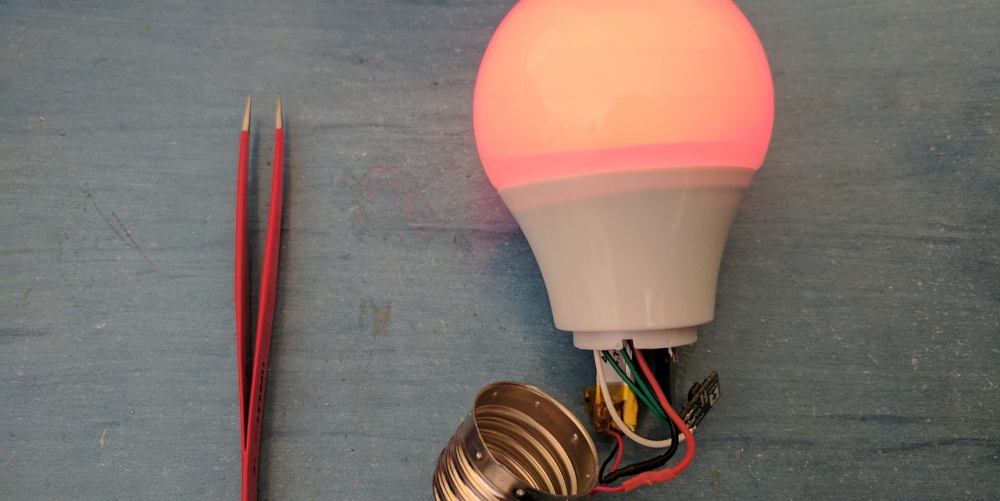
As business leaders and IT decision-makers continue to make digital transformation a top priority in 2018, the Internet of Things (IoT) will become one of the biggest enterprise technology trends. But IoT deployments often require information processing and decision-making closer to the source of the data – the IoT devices themselves. Rather than incur the cost and latency of sending this information to the cloud or on-premise centralized data center, many businesses are looking to incorporate edge computing within their infrastructures.
Edge computing is particularly useful in situations where time is critical. Take for example an industrial use case where IoT devices are being used to monitor oil and gas pipelines. Time consuming, dangerous and costly human inspection can be augmented or replaced using technology that can rapidly detect leakages or other anomalies, and automatically alert the right parties to ensure the issue is resolved. In use cases like this, decentralized, distributed computing at the edge can dramatically cut response times.
Many digital businesses today rely on the cloud for their computing needs. While this will continue to be an important part of how businesses operate, IoT initiatives will also necessitate the investment in computing solutions closer to the edge. For IoT-enabled communications where time matters and latency creates serious issues, keeping computing capabilities at the edge, near these devices, provides the lowest latency possible.
What networking technologies can enterprises deploy to improve efficiency of IoT devices?
A great deal of focus is placed on IoT devices themselves, while much less thought is typically given to the network connectivity that facilitates their communication. Fast inter-device communications and edge computing architectures require a robust underlying network. And, for many IoT use cases, the public internet and public cloud architectures are not well suited to hosting time sensitive, critical communications. IoT data that is being processed in the cloud is transported via the internet, and while the internet may seem like an inexhaustible resource, the truth is that the internet has finite capacity, and there are many performance and security vulnerabilities within its open architecture. Considering the risks of these vulnerabilities, digital businesses should instead use private networks with edge compute capabilities that allow data being transported between IoT devices to bypass the public internet, ensuring the fastest and most secure movement of information possible.
What is the impact of relying on cloud computing and the internet for IoT initiatives?
Relying on cloud computing and the internet for IoT deployments introduces at least two potential issues:
Latency: Cloud computing requires data be shipped from IoT devices to the cloud before any insight can be gained or localized action taken. These cloud data centers are often physically far removed from the source of the data, introducing latency. Furthermore, this data transfer takes place over the public internet which is a best-effort service and can experience congestion, which may compound latency issues. These issues would be particularly acute for IoT deployments that require rapid processing of, and response to, IoT data. When milliseconds matter, businesses can't afford latency in receiving important information.
Security: Cloud services are delivered over the internet, which is open in nature, making it more vulnerable to malicious attacks and other security issues. For enterprises using IoT devices, relying on the public internet to access IoT infrastructure and transfer IoT data leaves critical information open to interception by third parties who could use it in harmful ways.
What are the benefits to using a private edge cloud network for edge computing needs?
By using a private edge cloud network to connect to IoT devices and drive edge computing workloads, businesses can take IoT data on the “fast lane,” resulting in:
Improved overall performance / lowered latency: Private edge cloud networks are extremely useful for applications that are performance-sensitive, making them an important supporting technology for IoT devices and edge computing. Since data processing takes place physically closer to the device itself (removing the need to transfer data from the cloud), and communication is isolated from the public internet, critical information is available much faster.
Greater security: By isolating IoT communications from the public internet, private networks can quickly detect and mitigate harmful attacks, such as distributed denial of service (DDoS) attacks.
About the author: Nigel Burmeister, VP, Global Marketing, Limelight Networks (www.limelight.com), leads global marketing for Limelight, responsible for all aspects of the company’s marketing strategy, messaging, branding, demand generation, solution marketing and public and analyst relations. Prior to joining Limelight in 2014, he held a variety of senior management roles in strategy and product marketing at F5 Networks. He has held leadership roles in product management, marketing, sales and IT for public companies as well as venture-backed startups.
Edited by
Ken Briodagh





